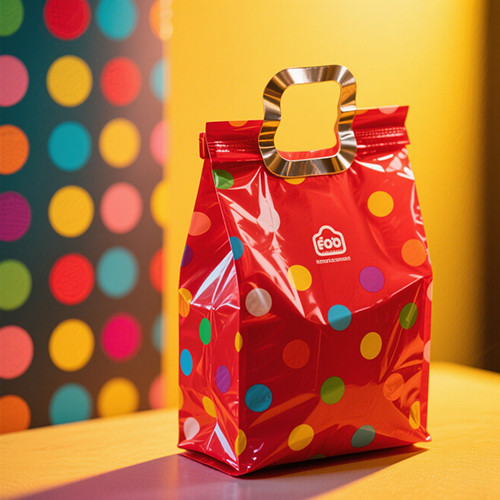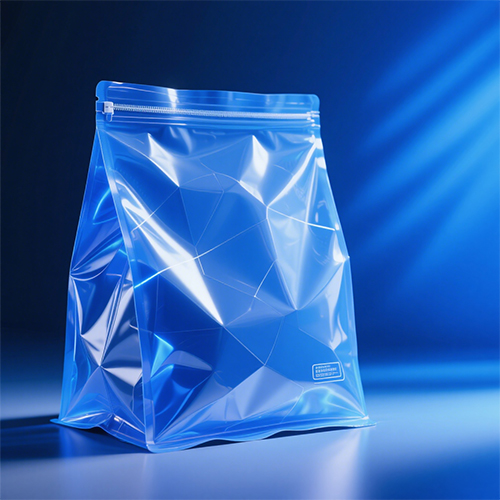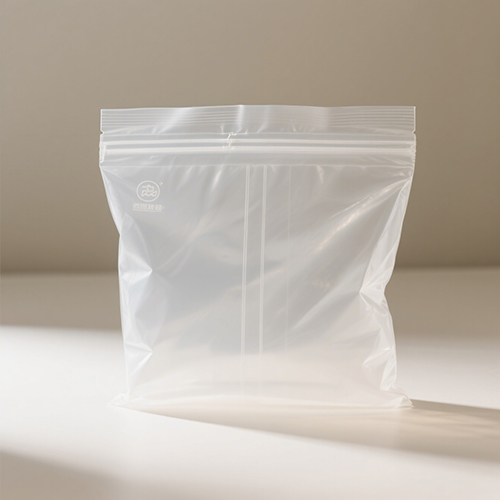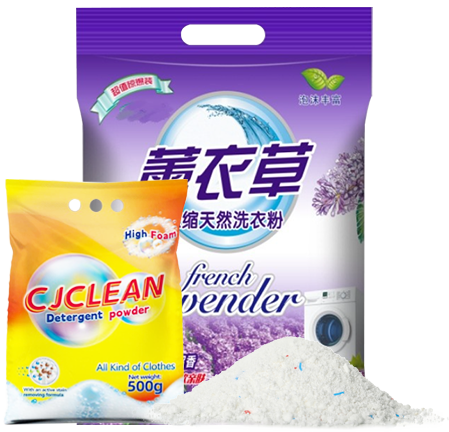Welcome to My Blog!
Before we dive into the content, I’d love for you to join me on my social media platforms where I share more insights, engage with the community, and post updates. Here’s how you can connect with me:
Facebook:https://www.facebook.com/profile.php?id=61573740643310
Now, let’s get started on our journey together. I hope you find the content here insightful, engaging, and valuable.
Table of Contents
Introduction

Have you ever wondered whether the food package bags holding your steaming hot meals are safe for direct contact with the food? Whether it’s a takeaway container or packaged snacks warmed up before eating, knowing if the packaging can handle heat without compromising safety or quality is essential. Today, we’ll explore the ins and outs of food package bags and their compatibility with hot food, helping you understand what to look for and why it matters.
Understanding Food Package Bags: Materials and Heat Resistance
When we talk about food package bags, it’s vital to understand the types of materials used and how they behave under heat. Common materials include polyethylene (PE), polypropylene (PP), and multi-layer laminates. Each has different properties affecting heat resistance and food safety.
- Polyethylene (PE) bags are widely used for their flexibility and moisture barrier but have lower melting points.
- Polypropylene (PP) bags generally have better heat resistance, making them more suitable for contact with hot food.
- Multi-layer laminated bags combine different films to enhance barrier properties and heat tolerance.
Knowing these basics can help you determine if a particular food package bag is fit for direct contact with hot food or if alternative packaging solutions are better.
Can Food Package Bags Have Direct Contact with Hot Food? Key Considerations
Several factors influence whether food package bags can safely contact hot food:
Heat Tolerance of Materials
Each packaging material has a specific temperature limit. For example, PE bags can generally withstand temperatures up to 80°C (176°F), while PP bags can handle up to 120°C (248°F). If food exceeds these temperatures, the packaging may soften, deform, or release harmful substances.
Food Type and Moisture Content
Hot dry foods might interact differently with packaging than hot oily or acidic foods. High moisture or fat content combined with heat can accelerate material degradation.
Duration of Contact
Short-term contact (like serving hot food immediately) versus prolonged storage of hot food inside packaging matters. Extended heat exposure can compromise bag integrity.
Middle Section: Comparison of Common Food Package Bags for Hot Food Contact
Here’s a helpful table comparing common food package bag types regarding their suitability for direct contact with hot food:
| Packaging Material | Maximum Safe Temperature | Food Compatibility | Barrier Properties | Typical Uses |
|---|---|---|---|---|
| Polyethylene (PE) | Up to 80°C (176°F) | Suitable for warm, dry foods | Good moisture barrier | Snack bags, dry goods packaging |
| Polypropylene (PP) | Up to 120°C (248°F) | Suitable for hot, oily foods | Excellent heat resistance | Hot food wraps, microwaveable bags |
| Multi-layer Laminates | Varies (up to 130°C) | Suitable for various hot foods | Superior barrier & heat resistance | Ready-meal packaging, sterilized foods |
| Nylon/Polyamide Blends | Up to 110°C (230°F) | Good for moist hot foods | High oxygen barrier | Vacuum packaging for cooked foods |
This table gives you a clear overview of which food package bags are designed to handle heat and what foods they best accommodate.
Ensuring Safety: Food-Grade Certification and Regulatory Compliance
Not all packaging materials that withstand heat are automatically safe for direct food contact. Look for food-grade certifications like FDA, EU Food Contact Materials (FCM), or equivalent local standards to ensure the bags do not release harmful chemicals when heated.
Manufacturers use rigorous testing, including migration tests, to confirm packaging safety under typical usage conditions, including hot food contact.
How to Choose the Right Food Package Bags for Hot Food


When selecting food package bags for hot food, consider these tips:
- Check material specifications: Verify temperature limits and intended use.
- Look for microwave-safe labels: This ensures suitability for heating food directly in the bag.
- Assess barrier needs: Depending on food moisture and fat content, you may need enhanced barrier properties.
- Consider bag thickness and sealing: Proper sealing prevents leaks and contamination, especially with hot liquids.
- Consult with suppliers: They can provide detailed product data sheets and custom solutions tailored to your needs.
Conclusion
So, can food package bags have direct contact with hot food? The answer is yes—but with important caveats. Not all bags are created equal, and their ability to safely handle hot food depends on material, temperature, duration, and food type. By understanding these factors and choosing certified, heat-resistant packaging, you can confidently use food package bags to keep your meals fresh, safe, and delicious.
Next time you reach for a hot snack or takeaway wrapped in plastic, you’ll know what’s behind the packaging’s design and safety.
FAQ
Can I put hot food directly into any food package bag?
No. Only bags designed with heat-resistant materials and food-grade certifications are safe for direct contact with hot food.
Are microwaveable food package bags always safe for hot food?
Microwave-safe bags are tested for heating food inside, but always check manufacturer guidelines for maximum temperature and duration.
What happens if a food package bag is exposed to temperatures beyond its limit?
The bag may soften, melt, or release chemicals that could contaminate your food.
Can food package bags handle oily or acidic hot foods?
Certain materials, like multi-layer laminates, perform better with oily or acidic foods. Check product specs for compatibility.
How do I dispose of food package bags safely?
Follow local recycling and waste guidelines. Many heat-resistant bags are recyclable but check for specific material codes.

